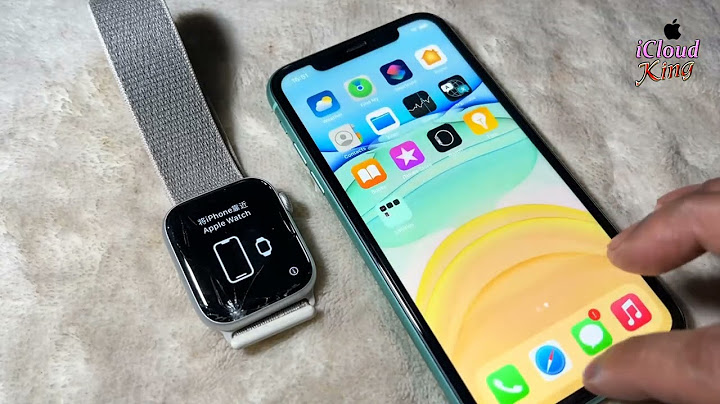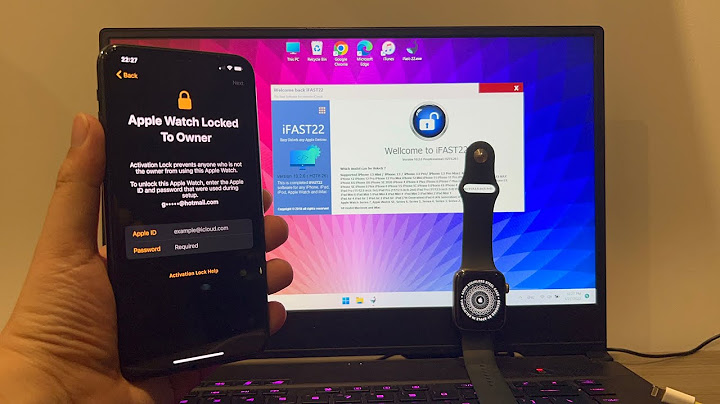Keep your stainless steel shining with these easy steps Get quotes from up to 3 pros! Enter a zip below and get matched to top-rated pros near you. Sleek, modern, and functional—all the qualities that make stainless steel a top choice for appliances and kitchen accents. Despite all the pros, there’s one con to stainless steel that drives homeowners crazy—scuffs and scrapes. Fortunately, those scratches on your refrigerator don’t have to be permanent (yes, even the deep ones). All it takes is the right tools and a little elbow grease. With a little help from this guide, your stove top, sink, and refrigerator door will look brand new in no time! Difficulty: Simple 1/5Simple and quick. Instructions are easy to follow. Total Project Time: 1–2 hours Cost: $50 Note: These methods will not work on coated stainless steel. Your stainless steel appliance may be coated if it is not magnetic. To know for sure, check with your manufacturer’s guide. How to Remove Fine Scratches from Stainless SteelUse this treatment method on smaller scratches. If these steps don’t work, you may be dealing with a deeper scratch that requires additional treatment. Tools for Fine Scratches:
Materials for Fine Scratches:
1. Clean the Scratched SurfaceClean the surface area with diluted vinegar and an unused microfiber cloth to make sure all dust, dirt, food residue, and other stains have been removed. Be sure to completely rinse and dry the surface. 2. Determine the Direction of the GrainLook closely at the grain for the stainless steel. Notice if it is going up and down or from side to side. 3. Apply Scratch Remover SolutionAdd a dab of the stainless steel scratch remover solution to a clean microfiber towel. If you do not have access to scratch remover solution, you can also use whitening toothpaste or baking soda. If you’re using baking soda, just be sure to add water until it turns into a paste. 4. Work Solution Into the ScratchRub the solution into the scratch, going in the same direction as the grain of the steel. 5. Let the Solution SitLet the solution sit for about 5 minutes before using another clean microfiber cloth to wipe away the excess solution. If needed, repeat steps three through five until the scratch has been completely removed. 6. Clean UpRemove any remaining solution and oil with diluted vinegar and a clean microfiber cloth. How to Remove Deep Scratches from Stainless SteelIf the method above doesn’t work, you may be dealing with a bigger scratch that requires a little extra TLC. Note: The method to remove deep scratches from stainless steel has the potential to cause more damage if done incorrectly. If you don’t feel confident enough to tackle this job on your own, you may want to hire an appliance repair professional who has experience with the process. Tools for Deep Scratches:
Materials for Deep Scratches:
1. Clean the Scratched SurfaceAs with smaller scratches, you will first need to use a clean microfiber cloth to wash the area with diluted vinegar. This will help to remove any dirt, dust, and food residue that may have built up on your fridge. Rinse and dry the surface completely. 2. Understand the Direction of the GrainLook closely at the direction of the grain on your stainless steel surface. It will either be going up and down or side to side. 3. Buff the ScratchOnce you know which way the grain is going, apply the cooking oil liberally to an abrasive or scouring pad. With moderate, even pressure, buff the scratch and surrounding area while only moving in the direction of the grain. 4. Check Your Progress and RepeatAfter buffing out the area thoroughly, step back and assess the scratch. Repeat steps three and four until the desired look is achieved. Consider moving to a finer grit pad and using more oil or more compound depending on the progress on the scratch. 5. Clean UpOnce the scratch has been removed, use a clean microfiber cloth to buff out the same area. Repeat this step until the oil or compound is mostly gone. Remove any remaining dust and oil with diluted vinegar and a clean microfiber cloth. Tips and TricksFIxing scratches on your stainless steel doesn’t have to be challenging. Here are a few other tips and tricks to try on your appliances.
Can scratches on stainless steel appliances be removed?Fine scratches can be removed with common store-bought consumer cleaning products, such as Revere Stainless Steel or Comet. If the manufacturer supplies its own cleaner for your appliance (often available at home improvement stores), use that.
How do I remove scratches from my LG stainless steel refrigerator door?Cooking Appliance - Scratches. Mix. Pour 2 ounces of water into a spray bottle. ... . Spray. Spray the vinegar solution onto the scratched area of your LG Product. ... . Polish. Find the natural polishing lines of the surface of the stainless steel. ... . Wipe. Wipe the stainless steel with a dry cloth. ... . Paint. If needed, use touch up paint.. Does toothpaste remove scratches from stainless steel?This is the most famous "trick", used to clean scratches on metal, as well as glass. Wet a clean cloth, on which you place a little toothpaste. Dab the scratches in the grain direction, and let it dry. Rinse with clean water before drying thoroughly with a soft, microfiber cloth.
|

Related Posts
Advertising
LATEST NEWS
Advertising
Populer
Advertising
About

Copyright © 2024 en.frojeostern Inc.


















